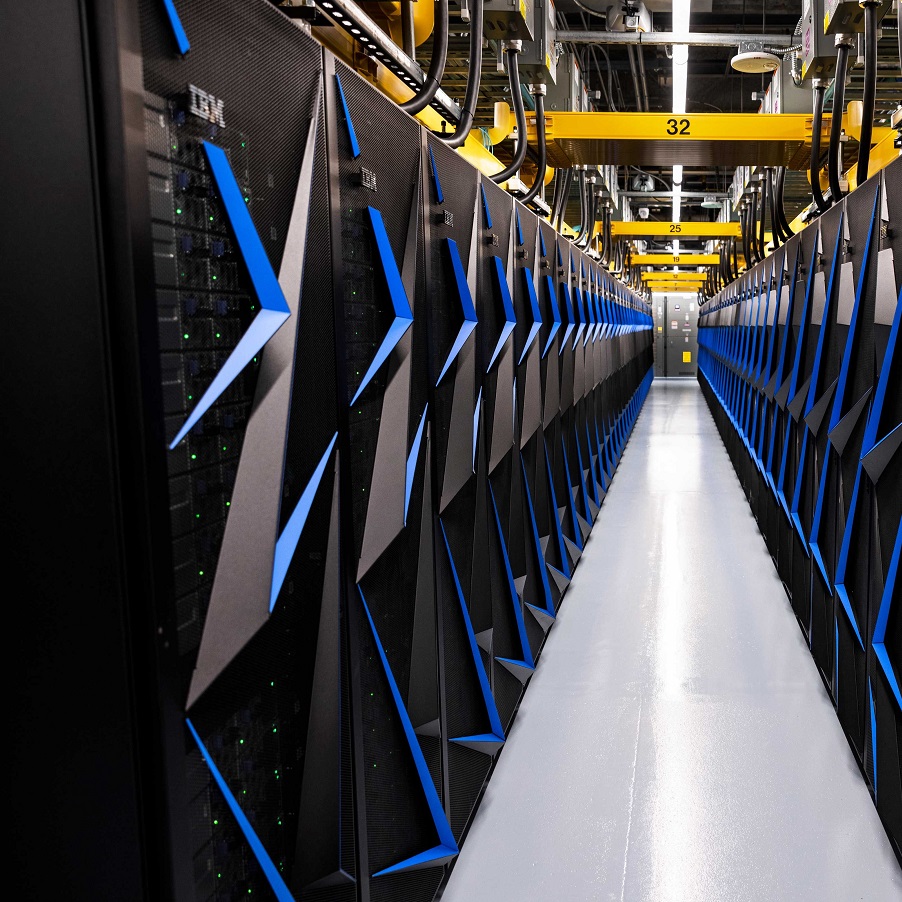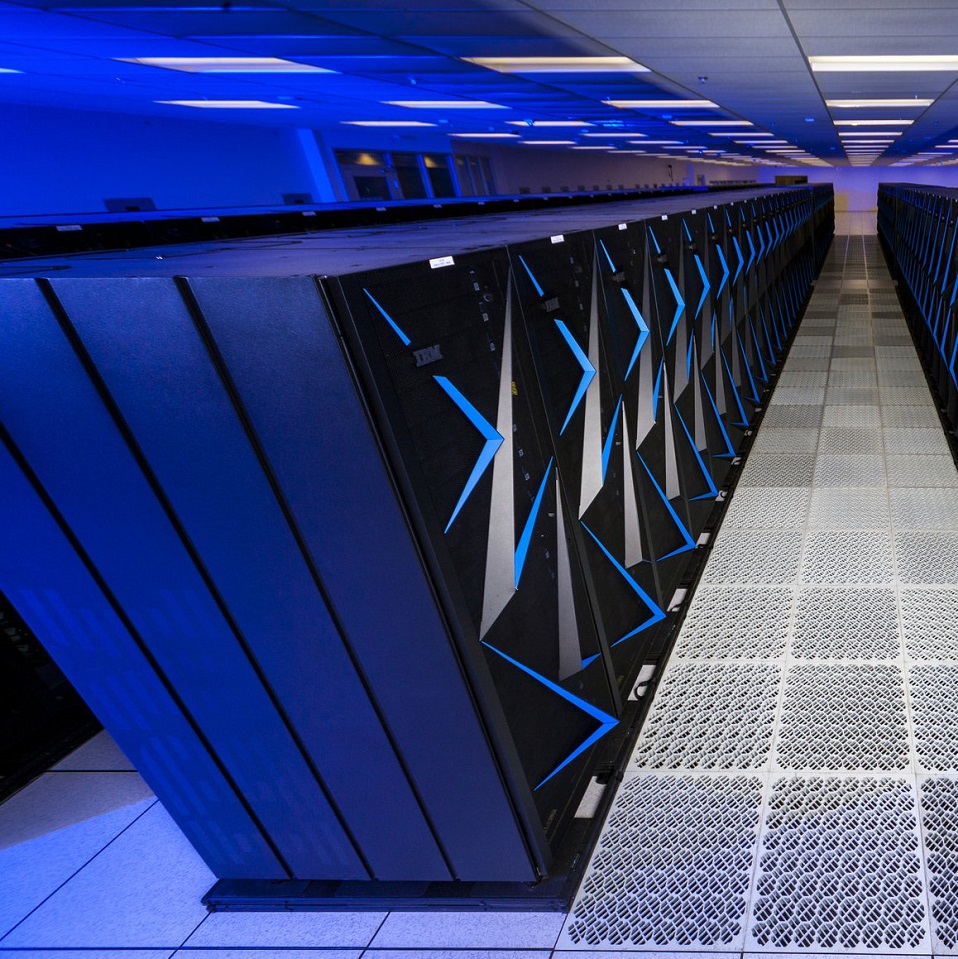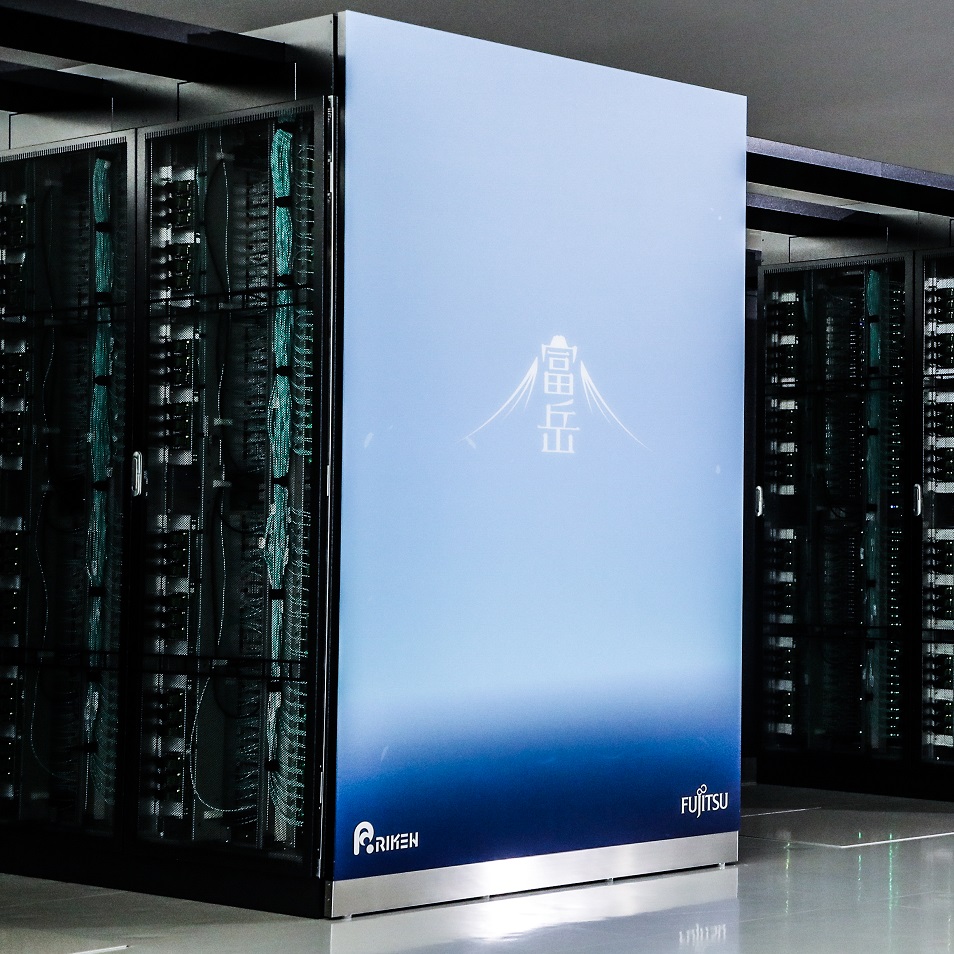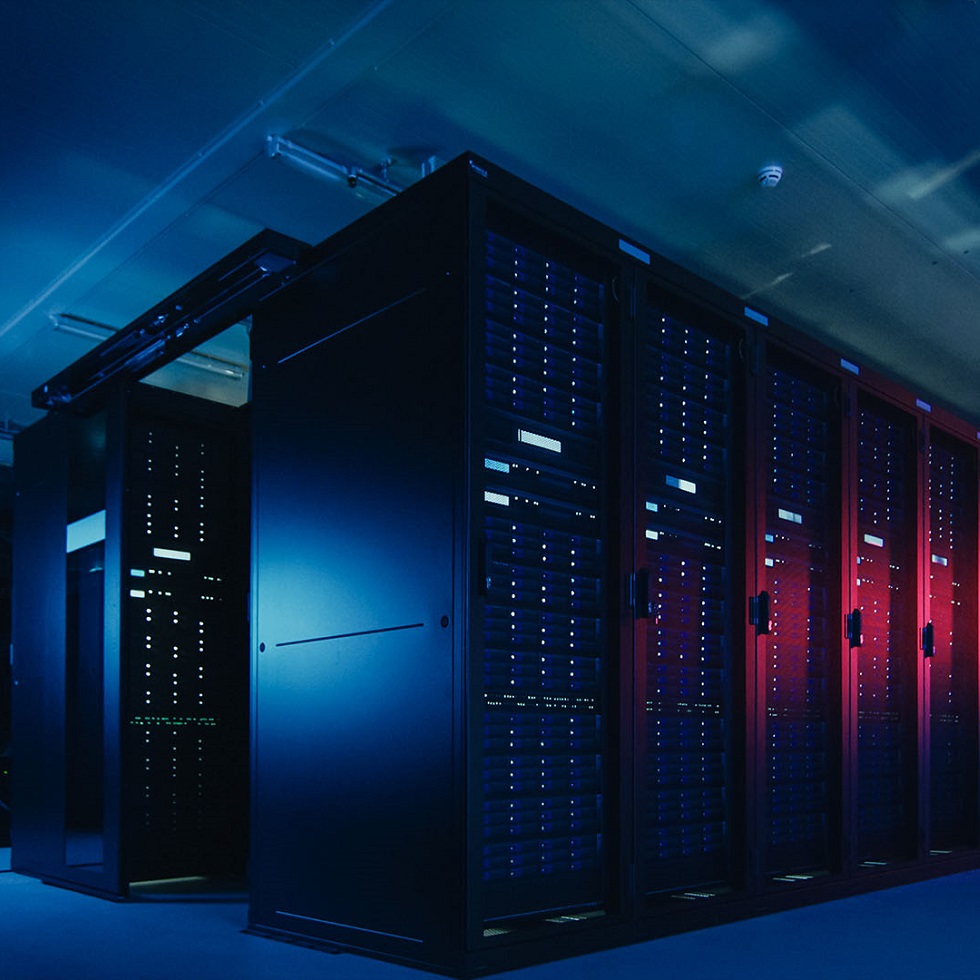Introduction to Lightning-Fast Supercomputing
Imagine computers that calculate at mind-bending speeds and process data faster than you can blink. This is the world of supercomputing. Supercomputers are the race cars of the computing world. Where typical computers take their time, these machines blaze through calculations at astonishing speeds. They tackle problems too complex for standard computers. From medical research to climate modeling, they open doors to new realms of science.
To grasp their speed, think of a supercomputer as a thousand-strong orchestra. Each musician (or processor) plays in unison to create symphonies of data. They operate in perfect harmony to solve enormous tasks quickly and efficiently. These machines can process quintillions of operations per second. Now, that’s what we call lightning-fast!
Moreover, their size matches their speed. Supercomputers don’t fit on your lap or desk. They take up entire rooms, even halls, dedicated to their vast networks of circuitry. Yet, it’s not just about muscle. It’s their precision and ability to handle vast amounts of data that set them apart. This gives scientists a tool to explore questions about our universe that were once beyond reach.
This intro lifts the veil on the swift world of supercomputing. We dive into the realm where these giants live and breathe data. They’re not just fast; they’re pivotal in our quest to understand the cosmos. Ready to explore more? Let’s speed ahead into the powerhouse of performance: exascale supercomputers.
The Powerhouse of Performance: Exascale Supercomputers
Exascale supercomputers represent the pinnacle of computing performance. They process data at an exaflop rate; that’s a billion billion calculations per second. These machines are not just fast, they are among the world’s technological wonders. Each exascale system can handle enormous tasks that were once impossible. They are vital tools for advanced research and innovation.
Their incredible capabilities come from thousands of CPUs and GPUs working together. This vast sea of processors allows for simulation and analysis at an unprecedented scale. They help scientists delve into complex problems like climate change, disease research, and astrophysics.
The leap to exascale computing has opened doors we didn’t know existed. With each exaflop milestone, we unlock new potential for scientific breakthroughs. The world’s fastest supercomputer not only stands as a symbol of progress. It also sets a new standard for speed and efficiency in the computing realm.
These supercomputers are game-changers. They push the boundaries of what’s possible. With them, we can model weather systems more accurately and discover new materials. We enhance AI applications, break ground in energy sustainability, and much more.
The age of exascale computing has just begun. It promises to redefine our capabilities in every field that data touches. From understanding the fabric of the universe to improving daily life, these supercomputers fuel advancement. They hold the key to tackling some of the greatest challenges of our time.
A Dive into the Dominant Supercomputers
In supercomputing, some giants stand out. They are not just machines but linchpins in modern science. This section explores the exceptional supercomputers that dictate today’s data-driven research.
Frontier: The Reigning Champion
Frontier, housed at Oak Ridge National Laboratory, is a marvel. It’s the fastest supercomputer in the world, with 1.2 exaFLOPS. This means it performs quadrillions of calculations each second. It’s powered by AMD components and serves broad scientific endeavors.
Aurora: The Rising Star
The newcomer Aurora at Argonne National Laboratory shines bright. It boasts 0.59 exaFLOPS. This Intel-built machine could double Frontier’s power in the future. Researchers use it for climate, materials science, and nuclear fusion projects.
Eagle: The Cloud-based Contender
Microsoft’s Eagle reigns in the cloud. Anyone can access its 0.56 exaFLOPS power via Microsoft Azure. Its distributed nature represents an increase in accessibility and flexibility in supercomputing.
Fugaku: A Glimpse into Japan’s Pride
Japan’s Fugaku once topped the charts. It has contributed greatly during the COVID-19 pandemic. With 0.44 exaFLOPS, it has turned formidable challenges into solvable tasks.
LUMI: Europe’s Green Giant
LUMI in Finland leads Europe’s supercomputing race. Impressively, it runs on renewable energy. With 0.38 exaFLOPS, it sets an example for eco-friendly supercomputing practices.
Leonardo: Italy’s Computing Marvel
Italy’s Leonardo is part of the EU’s EuroHPC supercomputing endeavor. It runs at 0.23 exaFLOPS. Its power supports a consortium of Italian institutions for diverse research projects.
Summit: From Past Leader to Current Contributor
Summit, once the frontrunner, still contributes significantly to scientific progress. Its 0.15 exaFLOPS aid in important research, from health to material discovery. Located at Oak Ridge National Laboratory, it remains an asset beyond its years as the fastest.
Supercomputers’ Role in Advanced Research
Supercomputers have become vital in various research fields.
Accelerating Drug Discovery and Material Sciences
Speedy supercomputers are boosting drug discovery and material sciences. They screen millions of compounds quickly. This helps find new medicines and advanced materials faster.
Advancing Climate Change Predictions
These computers refine climate change models. They simulate weather patterns and predict future climates. This aids planning and responses to climate challenges.
Pushing the Boundaries in Astrophysics
They help astrophysicists model galaxies and stars. This reveals universe secrets and informs about cosmic events.
Powering Artificial Intelligence and Large Language Models
Supercomputers are key to AI and language model advances. They process vast data for AI training. This leads to smarter models and better AI.
The Future of Supercomputing Technology
The frontier of computing is ever-expanding. Future supercomputers are shaping up to redefine possibilities once more. Speed, power, and efficiency continue to climb to new heights.
Upcoming Supercomputer Giants
New supercomputers are on the horizon, pushing past current records. They will handle more intricate tasks and solve even tougher problems. Their arrival stirs excitement in the scientific community. Eyes are on the development of these technological behemoths. One such machine is ‘El Capitan’, poised to surpass today’s fastest supercomputer in the world. At Lawrence Livermore National Laboratory, it could reach speeds unheard of before.
Another awaited giant is Jupiter in Germany. It’s expected to debut with capabilities on par with the best. These systems show the relentless pursuit of computing breakthroughs.
The Role of Supercomputers in Global Scientific Advancement
Supercomputers are key to major scientific progress. They tackle big issues, from disease to climate change. By powering through vast amounts of data, they help us understand complex global phenomena.
In fields like climate science, they forecast weather patterns across the globe. In healthcare, they speed up the search for new treatments. Economies too, stand to gain from their advanced simulations. These machines are crucial tools in our global scientific toolkit.
They also democratize research access. Students and scientists worldwide can tap into their resources. This collaboration fuels innovation and drives forward global understanding.
Supercomputing is not just about speed; it’s a beacon for tomorrow’s discoveries.
Conclusion: Reflecting on the Impact of Supercomputing
Supercomputers are turning the impossible into the possible. These powerful machines, like the fastest supercomputer in the world, have reshaped the landscape of research and technology. They perform calculations at breathtaking speeds, allowing us to explore the vastness of space, understand global climates, and advance medical discoveries.
In the previous sections, we explored the champions of the supercomputing world. From Frontier’s unmatched speed to LUMI’s eco-friendly design, they each contribute uniquely to various fields of study. Scientists rely heavily on these machines for their ability to simulate complex phenomena in ways that were once only theoretical.
Through supercomputers, we’ve made strides in drug discovery, accelerating the process to bring new treatments to market. We’ve increased the accuracy of climate models, helping policymakers make informed decisions. We’ve pushed astronomical research further, revealing details about the universe that we’ve never seen before. And, we’ve empowered AI, opening doors to new advancements that could reshape how we live.
As we look forward, new supercomputers promise even greater capabilities. They are set to take us beyond the exascale, pushing boundaries, and expanding our understanding even further. They stand as testimonials to human ingenuity, a relentless drive for innovation, and the never-ending quest for knowledge.
Supercomputing is not just a testament to technological achievement; it is a catalyst for collective enlightenment. It draws researchers from around the world into a shared mission for discovery. As supercomputers grow faster and more efficient, our ability to solve the world’s most complex puzzles will only accelerate. These machines are not merely tools; they are partners in our ongoing adventure to unlock the secrets of the universe.



